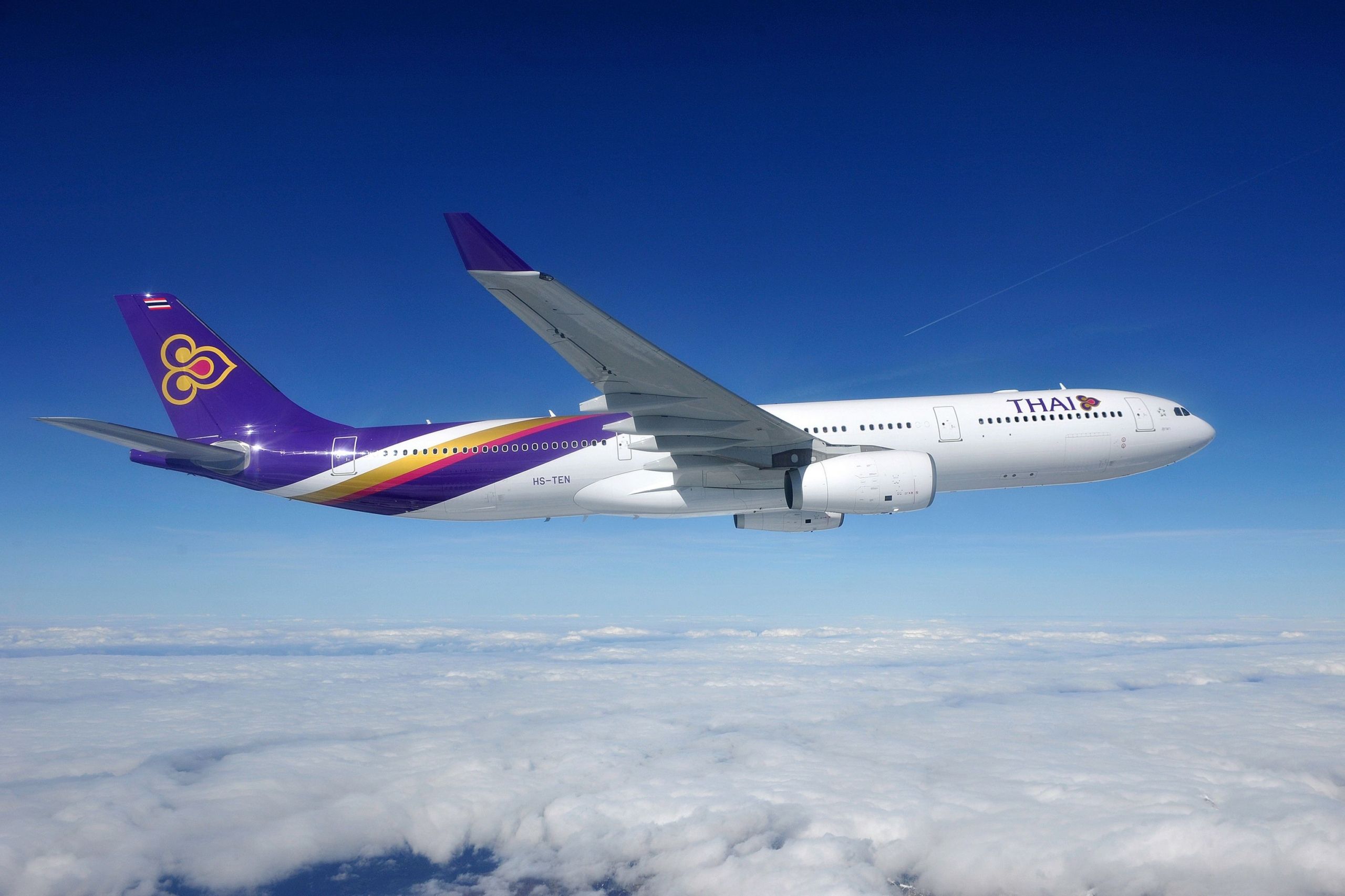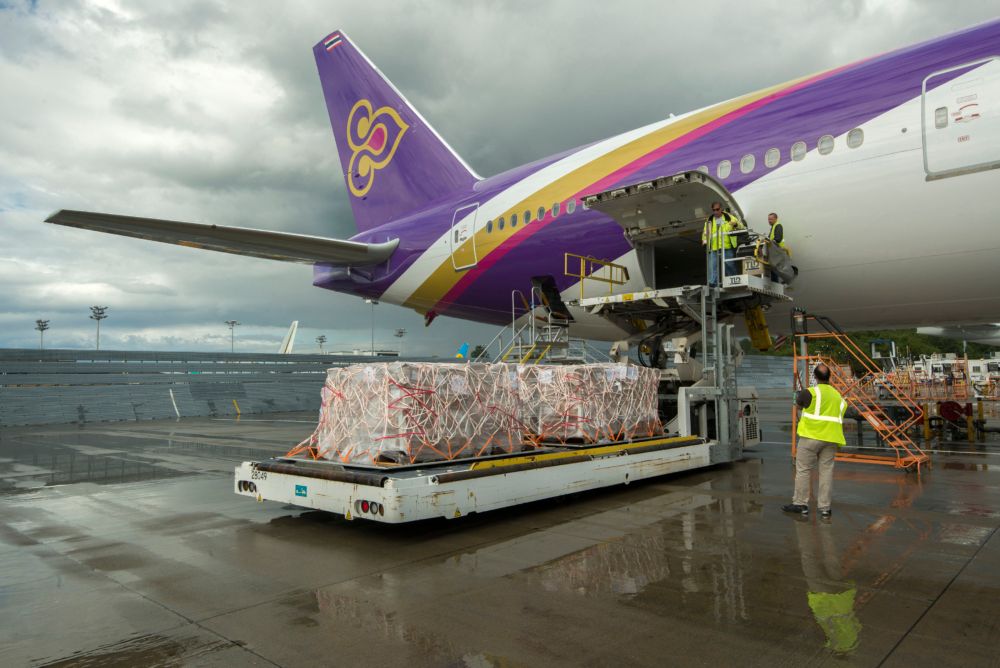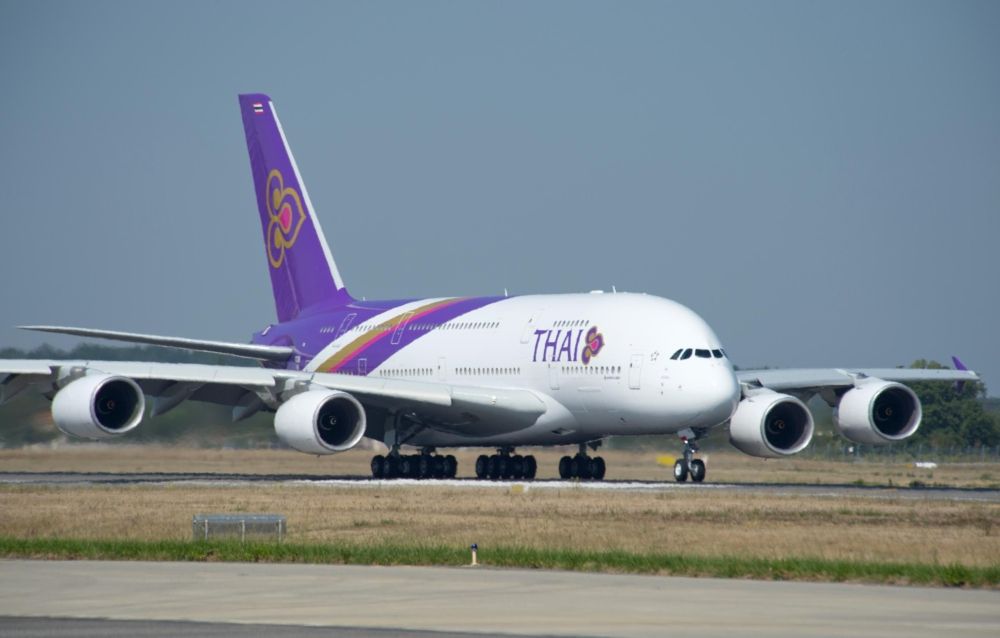On Monday, Thai Airways released its half-year results which show the airline recorded its first net profit since the start of the pandemic. The airline is currently under court supervision as it restructures and raises finances in a bid to survive. Here’s what you need to know about the airline’s results.
Thai Airways' half-year financials look surprisingly good, considering the airline has spent recent weeks suspending flights and focusing on restructuring debt. The airline posted a net profit of 11.1 billion baht ($333 million). Last year, it recorded a 28 billion baht ($840 million) loss for the first half.
Other key figures
Despite showing signs of recovery, the airline's revenues from other services, including baggage and passenger fees, mail, and freight were down from 40.2 billion baht ($1.2 billion) to 8.3 billion ($250 million) compared to last year. Fuel expenses were also down from 11.5 billion baht ($340 million) to 1.7 billion ($51 million).
A major cost-cutting exercise meant the airline spent just 2 billion ($60 million) on employee benefits this year so far compared to over 11 billion ($330 million) for the same period last year. Crew expenses were also cut from 1.3 billion ($40 million) to just under 205 million ($6 million). Overall, total expenses dropped from 58 billion ($1.7 billion) to 6 billion ($180 million), not a surprise considering the airline is cutting around 50% of staff. Although severance pay did have a significant impact, costing the airline 613 million baht ($18 million).
The airline has also reduced its liabilities from 337 billion baht ($10 billion) in December 2020 to 285 billion ($8.5 billion) at the end of June 2021. A decrease of around 16%. However, this is in line with last year’s results which were at similar levels.
Stay informed: Sign up for our daily and weekly aviation news digests.
A good start but more work to do
The results initially signal a positive turnaround for the airline as it recovers from the crisis. Although the airline is still in a difficult situation. Thailand has recently seen a surge in cases that have impacted the airline's network. Flights to popular tourist destinations like Phuket have been temporarily suspended, reinstated, and regularly adapted to fit demand.
And despite the profits, the airline is currently undergoing restructuring and managing debt. The courts approved the restructuring process in June and will see the airline try to manage its 400 billion baht ($12.86 billion) debt. Last year’s record loss came off a string of unprofitable years. The airline has failed to post a profit almost every year since 2012.
Restructuring for a better future
The airline’s restructuring will continue over the summer as the airline looks to recover. But Thai Airways of the future will likely be a much smaller operation. The airline canceled leasing agreements for 16 aircraft and will reduce its fleet size from 103 to around 86 by 2025.
Thailand is currently aiming to be open for tourists by mid-October. This means the airline still has to struggle through more than a month of potentially low demand. Not to mention that many of the airline's debt repayment schedules have been extended, meaning they are still to be paid. Any late payment fees from May to December 2020 have been removed and recorded as gain in the current figures. Perhaps painting a slightly rosier picture than the reality.
What do you think of the airline’s results? Let us know your thoughts in the comments.



